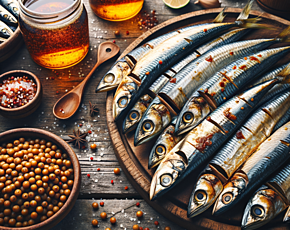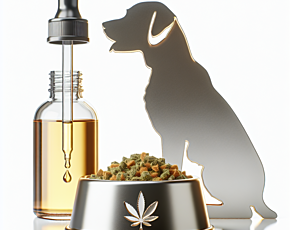Short answer
There are some risks associated with hair dye, but it is generally safe to use. However, to avoid damaging your hair, irritating your skin or getting dye in your eyes, you should follow all directions carefully or visit a licensed cosmetologist instead.
Long answer
Hair dye is more than a habit for some of us—it’s become a part of who we are. Whether it’s used to create a bold new look or simply cover up graying roots, a study by Clairol found that nearly 75 percent of all American women color their hair. And interestingly enough, that same survey revealed that 88 percent of women believe their hair has a direct impact on their confidence.
So while hair dye may help us look and feel better, it’s important to understand and evaluate the health risks that come along with it.
Permanent and semi-permanent hair dyes are comprised of many different chemicals: ammonia, resorcinol, ethanol alcohol and parabens, just to name a few. The concern is that some of them could seep into your scalp and be absorbed into your bloodstream. However, numerous studies have been performed on this and none have found a link between hair dye and cancer. To date, neither the International Agency for Research on Cancer (IARC) nor the National Toxicology Program (NTP) has classified hair dye exposure as carcinogenic to humans.
But that doesn’t mean that hair dye is 100 percent risk-free.
First of all, hair dye is not good for your hair. Although many dyes claim to “nourish” or “replenish” your hair, this is largely false advertising. These chemicals dry out your strands, which can lead to frizz and breakage. Some dyes are not as harsh as others, but they all have potentially damaging effects. To keep your color fresh but minimize the breakage, try to go longer between touch-ups and use deep conditioning masks to restore moisture.
Secondly, and as mentioned previously, hair dye contains many different chemicals. So if the dye is applied incorrectly or left on too long, it can irritate the skin. This causes redness, soreness, itching, and much general discomfort. Allergic reactions are also possible - which it’s important to request or perform a test patch on your skin before soaking your scalp in the dye.
Finally, dye can be dangerous because of your hair’s close proximity to your eyes. That’s why the FDA has banned hair dyes for lash and brow tinting. Accidentally spilling dye into the eye can cause serious damage, including permanent blindness. For this reason alone, it might be worthwhile to consider having a licensed cosmetologist do the job.
If you do choose to dye your hair at home, take safety precautions. Be sure to read the box and follow all directions carefully. Perform a test patch first to ensure you’re not allergic. Even if you pass, it’s still a good idea to wear rubber gloves when applying the dye. Avoid contact with your eyes, and be sure to rinse your hair and scalp thoroughly afterward.
Possible short-term side effects
- scalp itching and irritation
- skin discoloration
Possible long-term side effects
- dry, damaged hair
Ingredients to be aware of
- ammonia
- resorcinol
- ethanol alcohol
- parabens
Benefits
- colors hair
- covers grays
 Approved by
Approved by 















